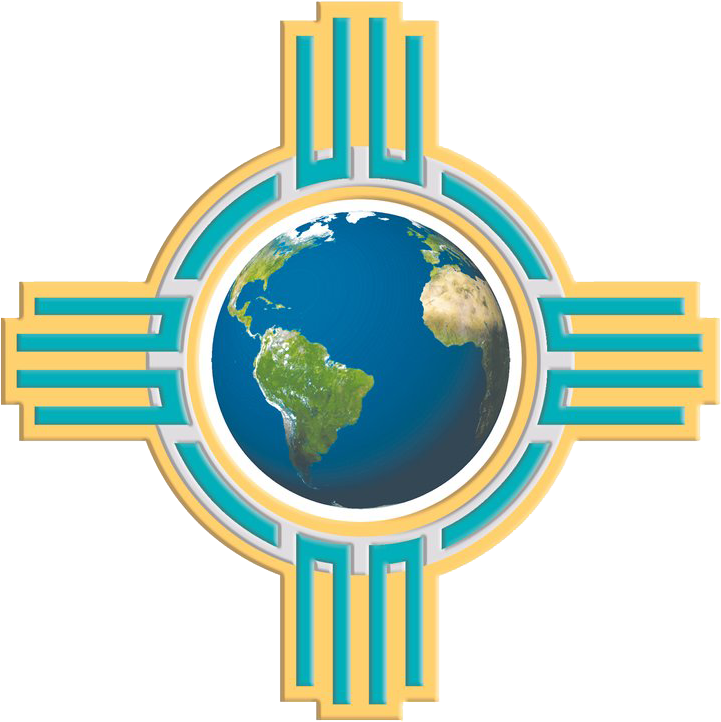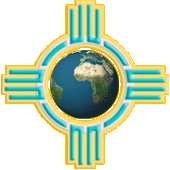
Path #3 Cross-Cultural Awareness
Learning About and From Others
Is everyone else weird and Americans normal, or vice versa? We grapple with this question by looking at an array of cultural differences that people exhibit in the United States and across the world. As engaged travelers our interactions with different people increase, and, it becomes more vital that we learn more about how and why others have different perspectives and hold diverse values.
To get a better understanding of cross-cultural differences and similarities, Dr. Ames has organized cross-cultural awareness into six groupings:
Cross-Cultural Awareness at a Glance
1. Understanding American Culture is instrumental in understanding others. For those of you who are not American, it is a good review of a very influential player on the world scene.
2. Cultural Expressions: A Cross-Cultural Awareness Organizer has been created for the purposes of improving cultural comparison and facilitating cross-cultural communication by organizing cultural characteristics into clearly defined categories. Created by Dr. Ames, the organizer draws upon the work of noted cultural specialists as well as the author’s contributions. It arranges several important etic categories of cultural expressions that different cultures around the world exhibit. Researchers have compiled these etic categories of cultural expressions over the years. All humans communicate, for example, but some cultures may use a direct-style of communication while others may communicate in a more circular fashion. Some cultures value individualism, while others focus on the collective. Thus, the expressions of the etic categories represent cultural diversity. This is a useful and fun organizer perfect for the traveler to use.
3. Phases of Cultural Awareness is an adaption of Milton Bennett’s Developmental Model of Intercultural Sensitivity (DMIS) that differentiates various stages or phases of cultural awareness that include denial, defense, minimization, acceptance, adaptation, and integration.
4. Clashing Worldviews. This section highlights the economic, social, religious, political, psychological, and environmental differences between modern and indigenous. The information in this section may be useful to you as you sort out the various worldviews and cultural differences during your travels.
5. Differences between Western and Modern is another cultural distinction important for travelers to understand. The terms Western and modern are often confusing, have imprecise meanings, and are used interchangeably but are very different. Western ideas come from the Western European traditions of political liberalism, capitalism, individualism, and separation of church and state. Modern means new and up to date.
6. Weirdness in the West. Research in psychology is conducted on a very small subset of the human population: people from cultures who are Western, educated, industrialized (individualistic), rich (by world standards), and democratic—in other words, WEIRD. These people are the least representative group of people to study if you want to generalize about human nature. Americans are more extreme outliers than Europeans, and within the US, the well-educated, upper middle class is the most extreme of all. In other words, if you are reading this book, you are probably WEIRD.
Turkish lunch workers, Istanbul, photo Denise Ames
China, clashing modern and traditional, photo Denise Ames
The first big questions is, “what is culture?” There are 164 definitions of culture, so it is hard to pick just one. However, Dr. Ames prefers a concise definition by Geert Hofstede, “Culture is a collective programming of the mind that distinguishes the member of one group or category of people from others. Culture is learned, not innate. It derives from one’s social environment rather than from one’s genes.” Dr. Ames hopes travelers will understand cultural differences as they make their way through different countries and regions, cultural differences with their own country and between countries visited.
Dr. Ames encourages all of us to stretch our views and intellectual skills beyond our own personal identity, worldview, and culture to understand and appreciate people different from us, without, necessarily, changing our own worldview. She suggests that we metaphorically dive below the surface of cultural differences, to uncover the hidden, underlying commonalities that all humans share but are expressed differently according to culture, geography, and history. By exploring real life stories and cross-cultural research, we will be better able to highlight cultural similarities and differences.





